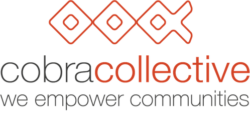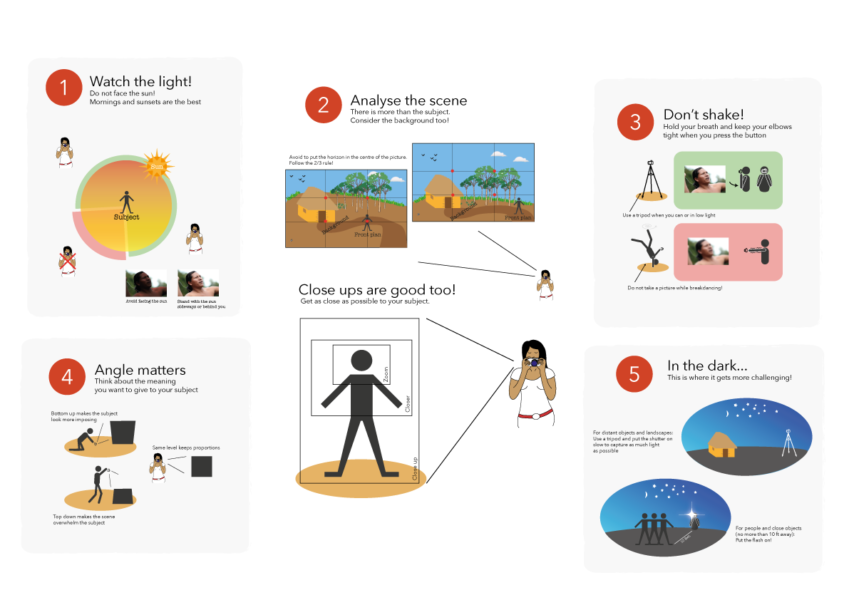One of the methods we use in our community engagement is participatory photography, a technique that allows us to present information in a visual way, but not only. It can be used at all stages of the process of identifying and sharing community owned solutions and is central to our participatory and action learning approach. Using images can help local people to put forward their views, experiences and hopes. It generates outputs produced by local people for local people easily understood since it is expressed in the community’s own language. Photos are enjoyable to look at so other people are more likely to engage with these approaches to communication, and because these can now be recorded digitally, they can be shared with distant communities and preserved for future generations within the same community. In fact, the idea that a photograph can be saved for the future can be a major incentive for participation!
At the centre of this visual technique, we find three elements:
- images (still and moving)
- words
- a story
When people are asked to tell a story, they are encouraged to reflect on some aspects of their lives/activities, to confront them, to take a position, and to present it to others. The way a person or a community decides to tell his/her story, choosing what to include, what to exclude, what to show, what to say and how, reveals a lot of thoughts about themselves and stimulates discussion within the community. But taking a good picture also requires practice, so we have put together this poster, featuring some of the key problems one might be faced with as an aspiring photographer.

